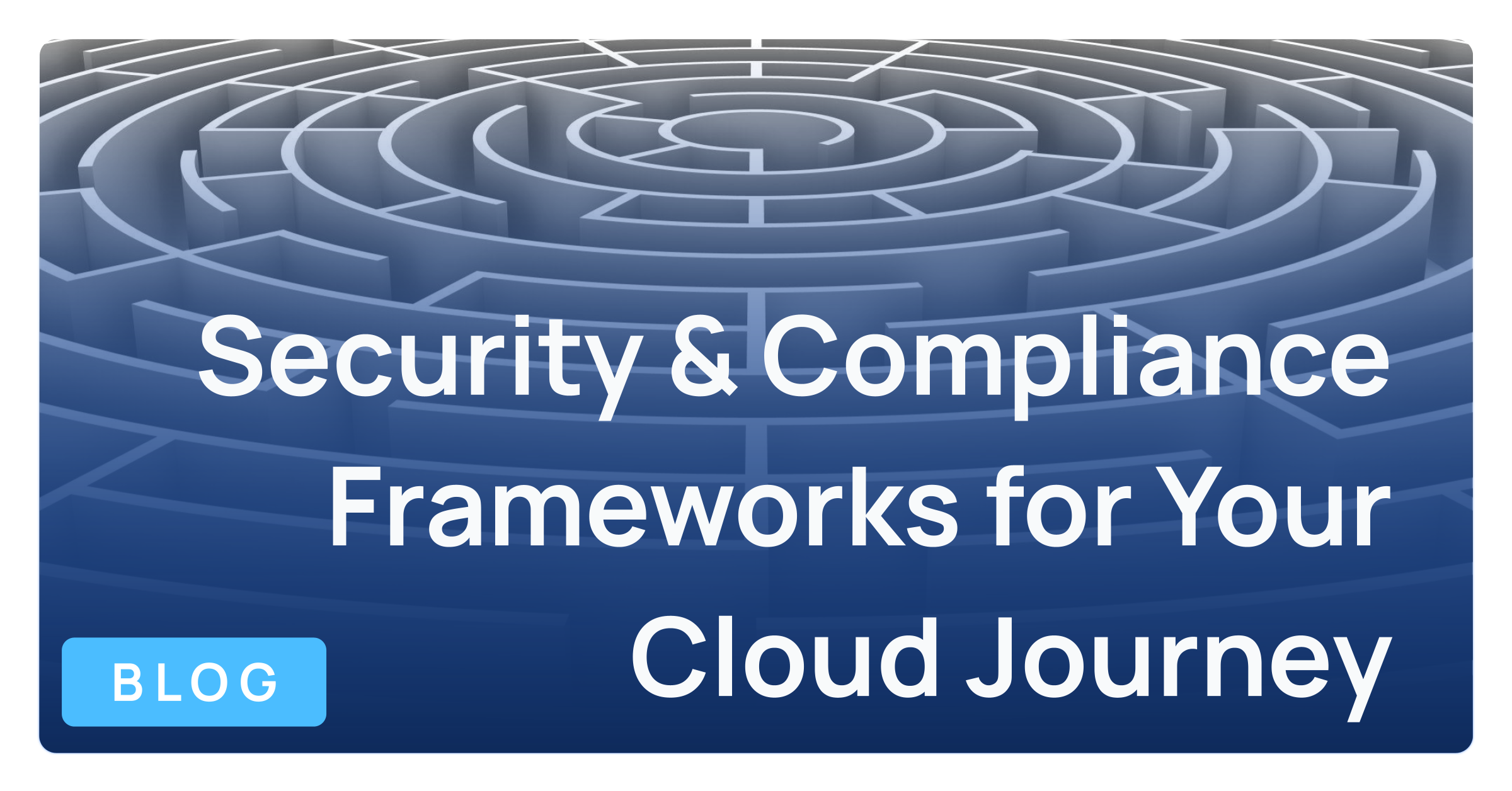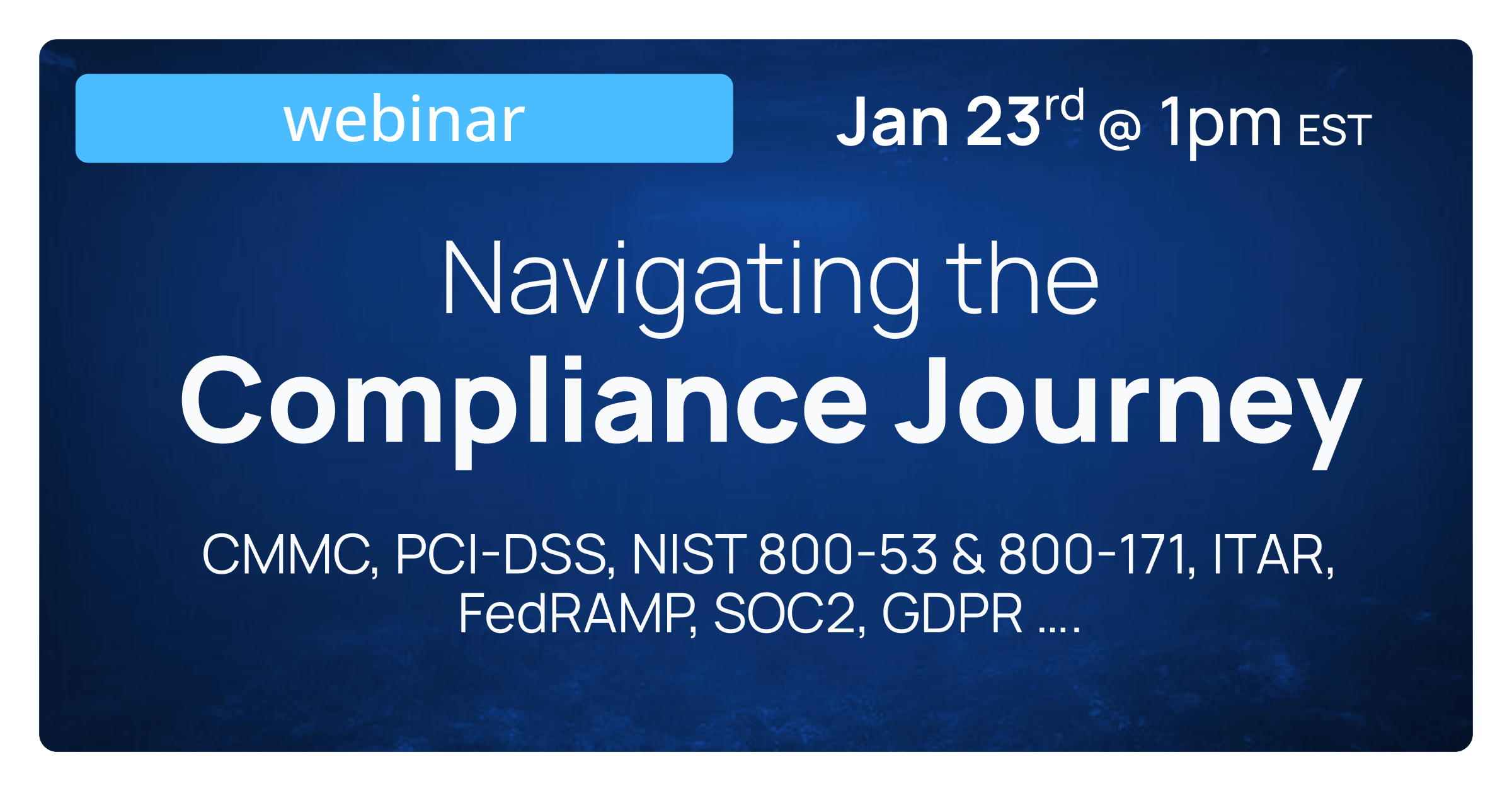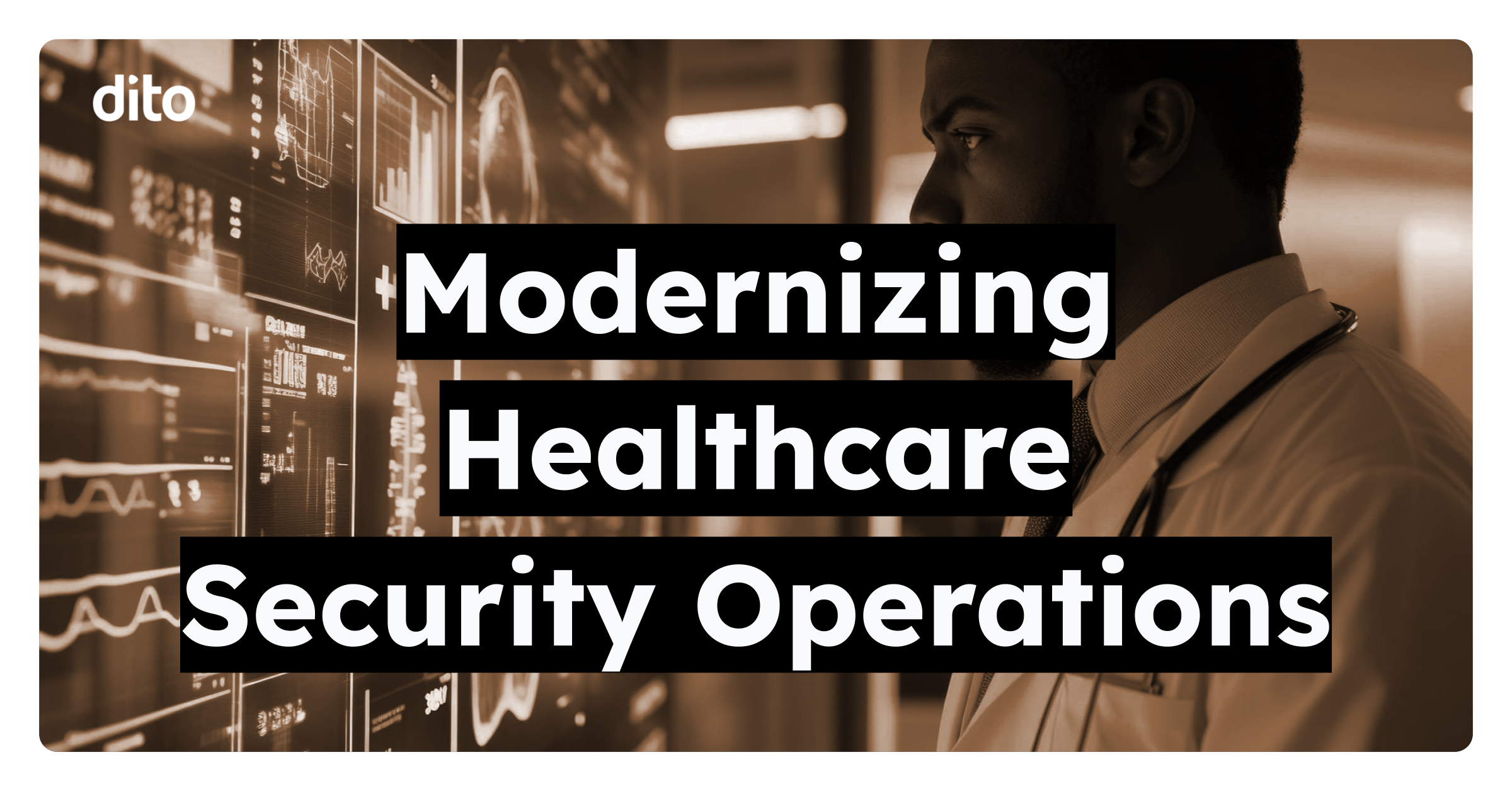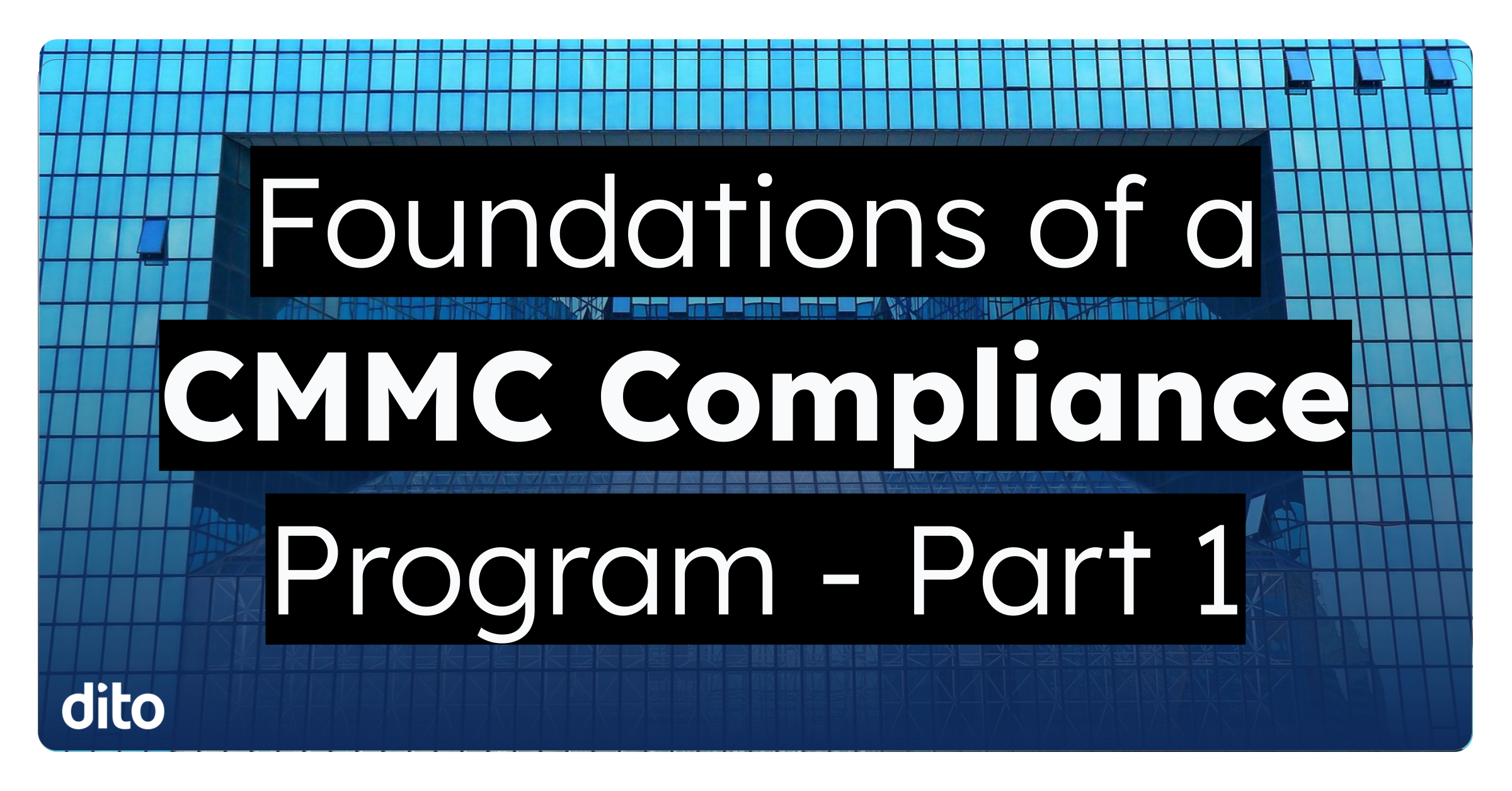With the ever-expanding adoption of cloud computing, organizations face a crucial dilemma: selecting the most effective security and compliance framework to navigate the complex landscape of digital risks. Three leading contenders emerge – NIST SP 800-53, ISO 27001, and CSA Cloud Controls Matrix (CCM) – each offering unique strengths and weaknesses. Choosing the “optimal” framework however, depends on a delicate dance between your specific needs, regulatory requirements, and resource limitations.
Understanding the Players
- NIST SP 800-53: Developed by the US National Institute of Standards and Technology, this framework is a comprehensive catalog of security controls tailored for federal information systems. Its detailed, prescriptive approach covers a wide range of security domains, including access control, cryptography, and incident response.
- ISO 27001: An international standard, ISO 27001 emphasizes risk management and provides a flexible framework for establishing, implementing, and maintaining an Information Security Management System (ISMS). While less prescriptive than NIST SP 800-53, it empowers organizations to tailor controls to their specific context and risk profile.
- CSA CCM: Born from the Cloud Security Alliance (CSA), the CCM focuses specifically on cloud security risks and controls. It maps existing industry standards like NIST SP 800-53 and ISO 27001 onto cloud service models (IaaS, PaaS, SaaS) and environments (public, private, hybrid). This mapping simplifies compliance and makes the CCM ideal for organizations solely operating in the cloud.
The Security and Compliance Conundrum
Each framework faces distinct challenges when applied to the cloud:
- NIST SP 800-53: While comprehensive, its federal government focus prior to revision 5 can feel cumbersome for commercial organizations. Additionally, its constant updates can necessitate frequent re-assessments and resource strain. Finally, the publication is purposefully technology agnostic, requiring significant experience to extrapolate the controls for cloud-centric security.
- ISO 27001: Its flexibility, while beneficial, can lead to inconsistencies in implementation and potential gaps in cloud-specific security controls. The lack of prescriptive guidance may also complicate compliance processes.
- CSA CCM: While laser-focused on cloud security, it might not be sufficient for organizations subject to regulations outside the cloud realm. Furthermore, its reliance on other frameworks introduces dependencies and potential redundancy.
Choosing Your Champion
So, which framework reigns supreme? The answer lies in a nuanced analysis of your priorities:
- Regulation:
- NIST SP 800-53: Mandatory for US federal agencies but might not be relevant for private entities outside this scope.
- ISO 27001: Widely accepted globally, particularly in Europe, catering to diverse regulatory landscapes.
- CSA CCM: Lacks regulatory endorsement but provides a foundation that can align well with cloud-specific regulations like FedRAMP.
- Security Maturity:
- NIST SP 800-53: Offers a robust baseline for organizations starting their security journey.
- ISO 27001: Requires a proactive risk management approach, suitable for mature security programs.
- CSA CCM: Ideally complements existing security frameworks with its cloud-centric focus.
- Resource Considerations:
- NIST SP 800-53: Demands continuous monitoring and updates, necessitating dedicated resources.
- ISO 27001: Offers flexibility but requires customization and expertise to implement effectively.
- CSA CCM: Simpler to implement and maintain, especially for cloud-native organizations.
Beyond the Binary
Remember, the ideal approach often lies in a hybrid combination of frameworks. Organizations can leverage the comprehensive controls of NIST SP 800-53 as a foundation, tailoring them with the risk-based flexibility of ISO 27001 and the cloud-specific guidance of CSA CCM. This layered approach maximizes security effectiveness while accommodating diverse needs and resource constraints.
The cloud offers boundless opportunities, but the security and compliance landscape can be daunting.
By understanding the strengths and limitations of leading frameworks like NIST SP 800-53, ISO 27001, and CSA CCM, organizations can craft a unique roadmap that navigates the digital labyrinth with confidence. Remember, there’s no “one size fits all” solution – prioritize your specific context, regulations, and resources to choose the framework that empowers your secure and compliant cloud journey.
This blog post aimed to provide a concise overview of the three frameworks and their suitability for cloud security and compliance. Consider this a starting point for further research and consultation with security experts to tailor the optimal solution for your organization.











